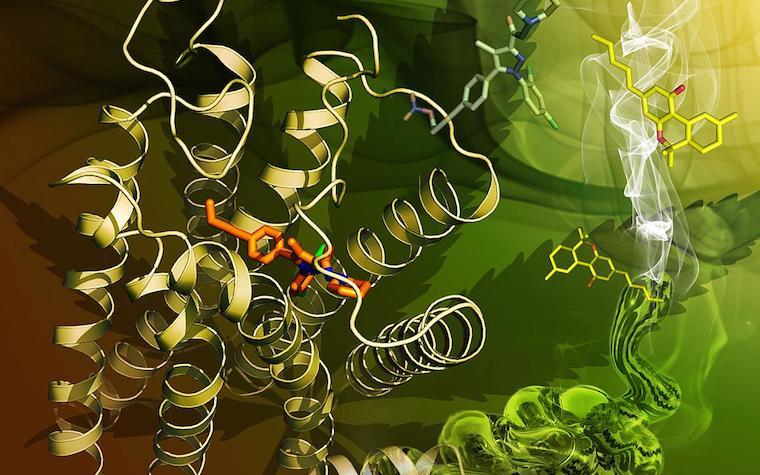
Research funded by the National Institute on Drug Abuse (NIDA), part of the National Institutes of Health, has provided insight into how natural and synthetic cannabinoids produce their effect.
“Cannabinoids can produce very different outcomes, depending on how they bind to the CB1 receptor,” NIDA Director Dr. Nora Volkow said. “Understanding how these chemicals bind to the CB1 receptor will help guide the design of new medications and provide insight into the therapeutic promise of the body’s cannabinoid system.”
Due to interest in marijuana’s possible therapeutic uses, researchers examined the structure of the human cannabinoid receptor. The research shows that molecules targeting this receptor could be of use in fighting pain, inflammation, obesity, nerve cell diseases and substance abuse disorders.
Some synthetic cannabinoids, however, can cause deadly side effects. Others produce less serious side effects.
“We found that the CB1 receptor consists of multiple sub-pockets and channels,” Dr. Alexandros Makriyannis, paper co-author and director of the Center for Drug Discovery, Northeastern University, said. “This complex structure will allow chemists to design diverse compounds that specifically target portions of the receptor to produce desired effects.”